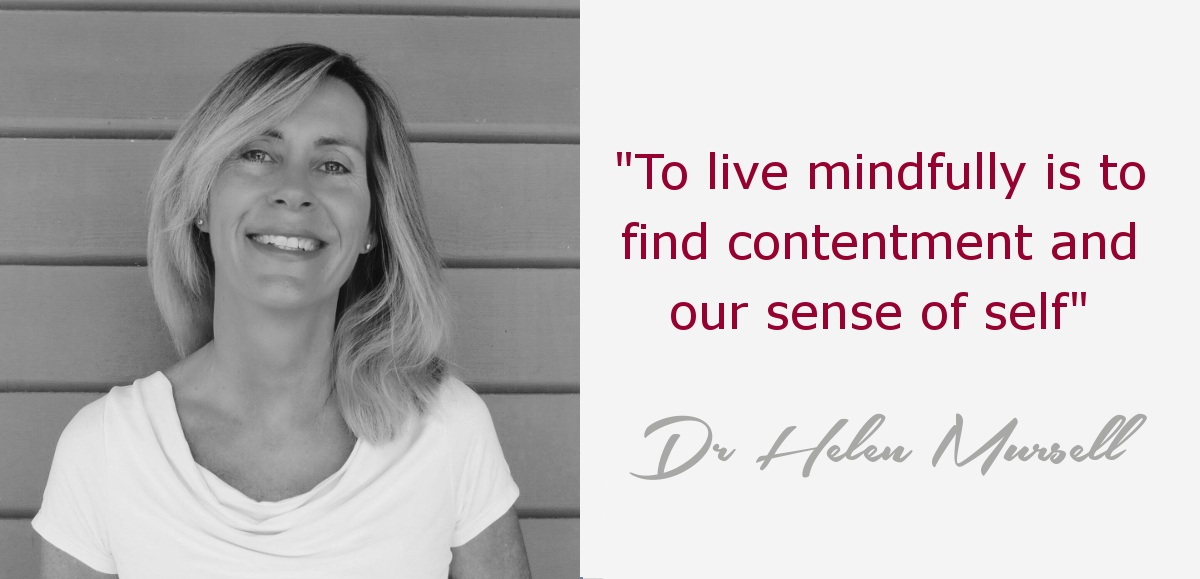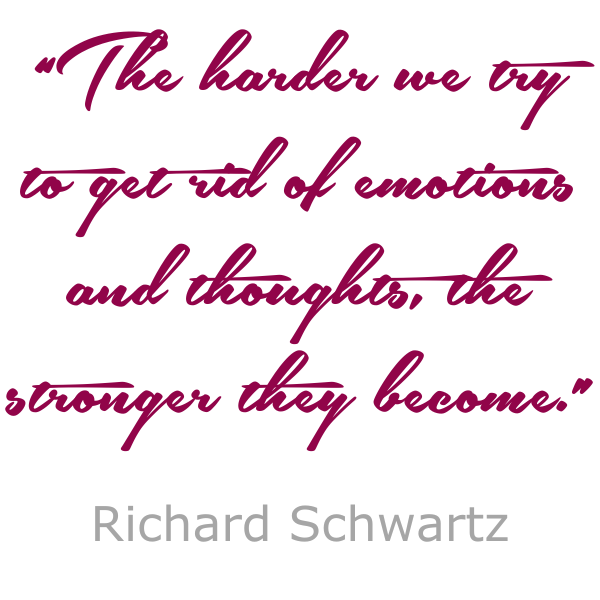

Therapy & Supervision
What is Clinical Psychology?
As a clinical psychologist, I am trained to diagnose and treat mental illness, emotional distress and associated behavioural problems.
Clinical psychologists evaluate clients through interviews, observation, and psychological tests and apply current research findings and methodologies in making diagnoses and assigning treatments.
I provide psychotherapy, I cannot, however, prescribe medications. For this reason I often work collaboratively with GPs, psychiatrists and paediatricians to ensure clients receive the necessary treatment that enables the greatest chance of recovery from illness.
Supervision
In addition to providing therapy, I am passionate about providing supervision to registered psychologists, social workers, TRTP practitioners and mental health practitioners for peer consultation and CPD purposes. I provide clinical supervision services Australia-wide and internationally via Telehealth.
Depending on your needs, preferences and goals, I will tailor an approach that feels right for you. I bring my own unique style to the clinical supervision process and I believe in the importance of providing a space that is safe, supportive and encouraging.
Treatment Modalities
Internal Family Systems (IFS) Therapy
Mindfulness Based Cognitive Therapy (MBCT)
Internal Family Systems (IFS)
Internal family systems (IFS) is an experiential therapeutic approach which posits that the mind is made up of multiple parts and underlying them is a person’s core or true Self. Like members of a family, a person’s inner parts can take on extreme roles or subpersonalities. Each part has its own perspective, interests, memories, and viewpoint. A core tenet of IFS is that every part has a positive intent, even if its actions are counterproductive or may cause dysfunction. In IFS there is no need to fight with, coerce, or eliminate parts; the IFS method promotes internal connection and harmony to bring the mind back into balance.
The movie ‘Inside Out’ is a wonderful example of this, where Riley’s parts are like little people inside of her, each with their own feelings and desires cheering her on or making her recoil back in fear. Riley’s internal family of parts is made up of Joy, Sadness, Fear, Anger and Disgust, and each of these feelings is represented by a little character inside her. Perhaps you can name some of your own parts?
The IFS process identifies and addresses the multiple ‘parts’ within our internal world by getting to know them. Our internal world consists of wounded parts (called “exiles”) holding painful emotions such as anger and shame, and parts that try to control and protect us from the pain of the wounded parts. These protectors are either preventative ‘managers’ or reactive ‘firefighters’ who are tasked with putting out the pain when our parts are triggered. The IFS model considers that everyone has a ‘Self’ which is the intrinsic truth of who we are, separate from all our parts. The Self is characterised by what IFS coined as the 8C’s: compassion, curiosity, clarity, creativity, calm, confidence, courage, and connectedness.
The goals of IFS therapy are;
1. To liberate parts from their extreme roles
2. To restore trust in Self leadership
3. To achieve balance, harmony, and wholeness within us
4. To bring more Self energy to external systems
When we can turn down the volume of those different voices by transforming them into less extreme roles, we experience more authentic joy, peace, connectedness, and contentment.

Mindfulness Based Cognitive Therapy (MBCT)
- Do you experience stress and mild anxiety?
- Are you feeling overwhelmed?
- Does your mind never stop?
- Are you looking to find contentment and fulfilment?
Mindfulness Based Cognitive Therapy may be for you. This therapeutic practice has at its core the belief that mindfulness strengthens the body-mind connection, which in turn enhances emotional and physical wellbeing.
Previously trained in cognitive behavioural therapy (CBT), I now combine the concepts of cognitive therapy with meditative practices and attitudes based on the cultivation of mindfulness – moment to moment non-judgemental awareness to ‘live mindfully’ and achieve equanimity. Equanimity refers to, emotional stability, calmness and composure even under tension or strain.
Through combining cognitive behavioural techniques with mindfulness strategies, mindfulness-based cognitive therapy will help you better understand and manage your thoughts and emotions, thereby achieving relief from feelings of distress, overwhelm, overanalysing and feelings of discontent. Through this process you will learn to use cognitive methods and mindfulness meditation to interrupt the automatic processes often triggering anxiety stress and depressive symptoms.


